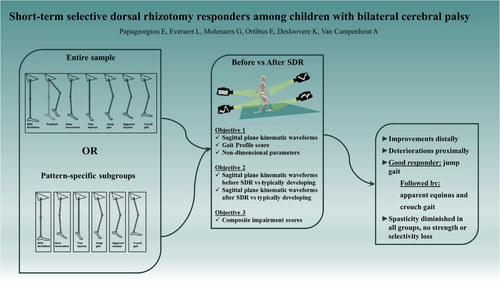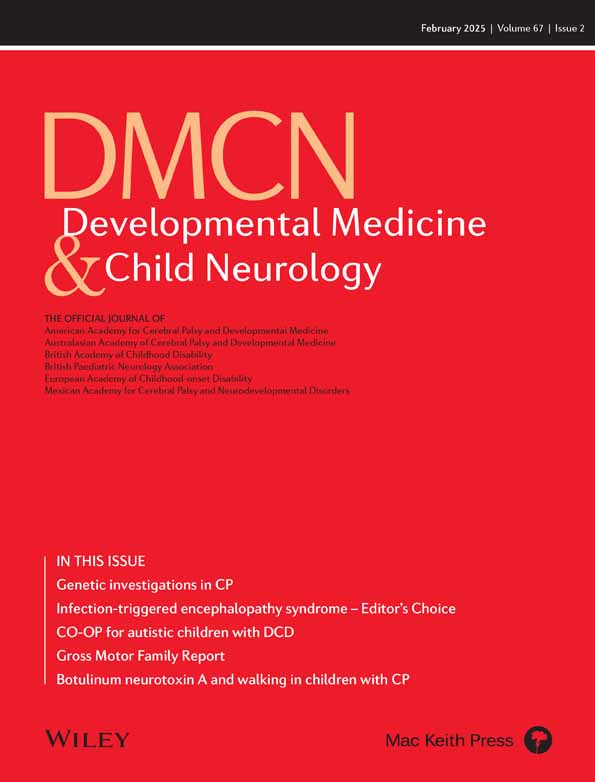Short-term selective dorsal rhizotomy responders among children with bilateral cerebral palsy
This study focused on children with bilateral spastic cerebral palsy (CP) who had undergone a selective dorsal rhizotomy (SDR). SDR is a neurosurgical procedure aiming to reduce spasticity in this population. It involves cutting certain sensory nerve fibers in the lower spinal cord that are causing muscle tightness in their legs.
The aim of this study was to identify the short-term effects of SDR, focusing on the changes in the way these children walked before and after SDR (i.e. their gait) and on their clinical impairments, such as spasticity, strength, and selective motor control. These effects were explored in the entire sample, as well as in subgroups according to their gait patterns at baseline.
A total of 89 children (55 males, 34 females) with bilateral spastic CP were analyzed. Before SDR, the patients had a mean age of 9 years 5 months, and most of them were able to walk without assistive devices. They all underwent a three-dimensional gait analysis and a clinical examination at two time points (before and 1 year after SDR). The comprehensive analysis included comparisons of several gait-specific measurements and clinical impairment scores before and after SDR, as well as comparisons of their gait at both time points to the gait of typically developing children.
In the entire sample, the knee and ankle motions improved after SDR, while the pelvic and hip motions deteriorated. The children classified as displaying a jump gait pattern at baseline showed the most improvements after SDR, followed by the children in the apparent equinus (walking on the balls of the feet without heels touching the ground) or crouch (increased knee and hip flexion during the stance phase) gait patterns. Interestingly, spasticity was reduced after SDR in all groups, not at the expense of strength or selectivity.





